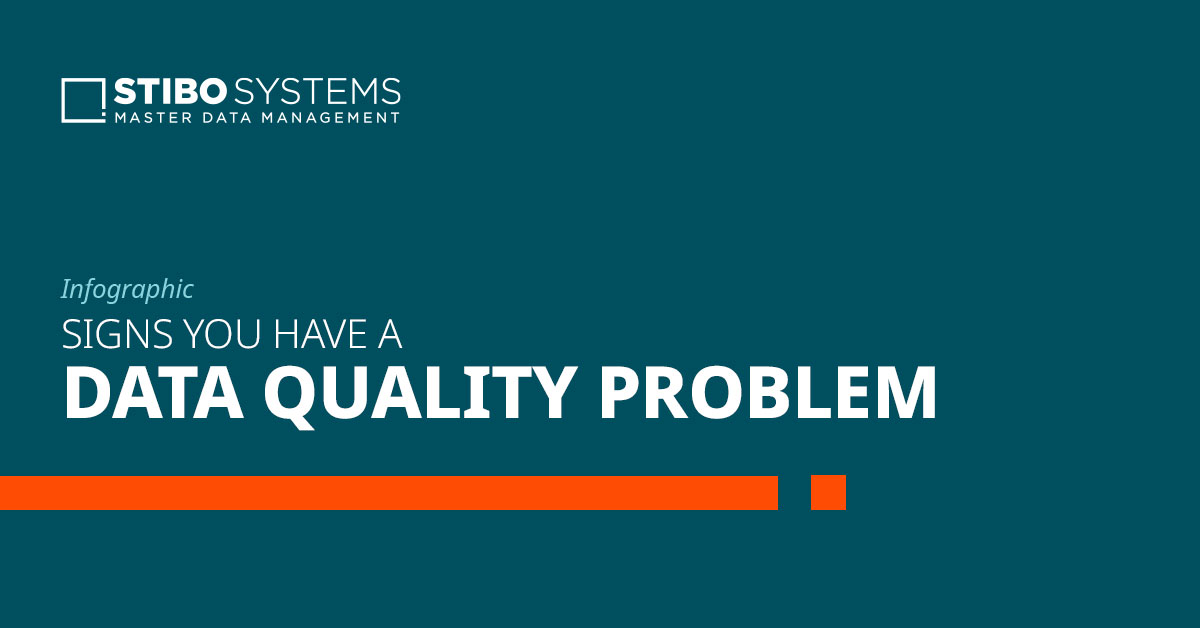In today's data-driven world, organizations rely heavily on data to make informed business decisions. However, the quality of data can vary widely and poor data quality can have significant consequences, including lost revenue, decreased productivity and damaged reputation. To address these challenges, organizations are turning to data quality tools to improve the accuracy, completeness and consistency of their data.
In this blog post, we will explore what data quality is and why it is important as well as the different factors to consider when choosing the right data quality tool.

What is data quality?
Data quality refers to the degree to which data meets the specific requirements of its intended use. In other words, data quality is the accuracy, completeness, consistency and timeliness of data. Good data quality is critical for effective decision-making as inaccurate or incomplete data can lead to incorrect conclusions and poor business outcomes. Factors that can impact data quality include errors in data entry, incomplete data sets, inconsistent data formatting and data duplication. Managing data quality requires a proactive approach to data governance, including establishing data quality standards, implementing data quality controls and monitoring data quality over time to ensure ongoing accuracy and completeness.
What are the benefits of a high data quality?
There are numerous benefits to having high data quality in an organization. Here are some of the key benefits:
-
Better decision-making
High-quality data enables organizations to make informed decisions based on accurate and reliable information.
-
Increased productivity
High-quality data reduces the time and effort required to find, verify and analyze data, enabling employees to be more productive and efficient.
-
Improved customer satisfaction
High-quality data enables organizations to provide better customer service by ensuring that customer information is accurate and up-to-date.
-
Cost savings
High-quality data reduces the costs associated with data errors, such as rework, lost productivity and lost revenue.
-
Compliance and risk management
High-quality data enables organizations to comply with regulatory requirements and manage risk by ensuring that data is accurate, complete and consistent.
-
Better business outcomes
High-quality data enables organizations to identify new opportunities, optimize processes and improve overall business performance.
In today's data-driven economy, having high data quality is essential for organizations to stay competitive and succeed. By investing in data quality tools and processes, organizations can realize these benefits and gain a competitive advantage in their industry.
INFOGRAPHIC
Signs You Have a Data Quality Problem

Why is a data quality tool essential?
A data quality tool is essential because it helps organizations ensure the accuracy, completeness, consistency and reliability of their data. Without high-quality data, organizations risk making poor business decisions that can result in lost revenue, decreased productivity and damaged reputation.
Data quality tools enable organizations to identify and address data quality issues such as data errors, duplicates, inconsistencies and missing data. By automating data quality processes and providing data quality metrics and reports, these tools enable organizations to monitor and improve data quality over time.
Data quality tools also enable organizations to establish data quality rules, workflows and processes that ensure ongoing data quality management. This proactive approach to data quality can help organizations avoid data quality issues before they occur, reducing the risk of errors and improving the accuracy and reliability of data.
Overall, a data quality tool is essential for any organization that relies on data for decision-making. By ensuring the quality of their data, organizations can make better decisions, improve business outcomes and gain a competitive advantage in today's data-driven economy.
How to choose the right data quality tool?
Choosing the right data quality tool can be a daunting task as there are many options available in the market. To select the right tool for your organization, you should consider several factors, such as your data quality requirements, budget, technical capabilities and data management processes. Here are some tips to help you choose the right data quality tool:
1. Identify your data quality requirements
Start by defining your data quality requirements, such as data accuracy, completeness, consistency and timeliness. This will help you determine which data quality features and capabilities are essential for your organization.
2. Evaluate different tools
Research different data quality tools and evaluate their features, capabilities and pricing. Consider both commercial and open-source tools depending on your needs and read user reviews and ratings to get a sense of how the tools perform in real-world scenarios.
3. Consider your technical capabilities
Assess your organization's technical capabilities and determine whether the tool requires specialized expertise to implement and use. Consider factors such as the tool's compatibility with your existing data management systems and whether it requires significant IT resources to maintain.
4. Assess the vendor's support
Ensure that the vendor provides robust support and training resources to help your team implement and use the tool effectively. Consider factors such as documentation, customer support and training programs.
5. Pilot the tool
Before making a final decision, pilot the tool with a small subset of your data to test its performance and effectiveness. This will give you a better sense of how the tool works in practice and whether it meets your organization's data quality requirements.
Choosing the right data quality tool requires careful consideration of several factors. By identifying your data quality requirements, evaluating different tools, considering your technical capabilities, assessing the vendor's support and piloting the tool, you can select a tool that best meets your organization's data quality needs.
Master data management as data quality tool
Master data management can be considered a data quality tool as it is designed to improve the accuracy, consistency and completeness of an organization's data. Master data management involves creating a single, authoritative source of master data that is shared across the organization, ensuring that everyone has access to the same accurate and up-to-date information.
By centralizing data management and establishing data governance processes, master data management helps organizations address data quality issues such as inconsistencies, duplicates and incomplete data. Master data management also enables organizations to establish data quality rules, workflows and processes that ensure ongoing data quality management.
Master data management provides a holistic approach to data quality management, ensuring that all data is accurate, consistent and up-to-date, regardless of where it is stored or how it is used. By implementing a multidomain master data management tool, organizations can improve the overall quality of their data, reduce errors, improve decision-making and drive better business outcomes.
EXPLORE
Multidomain Master Data Management






































































































































































































